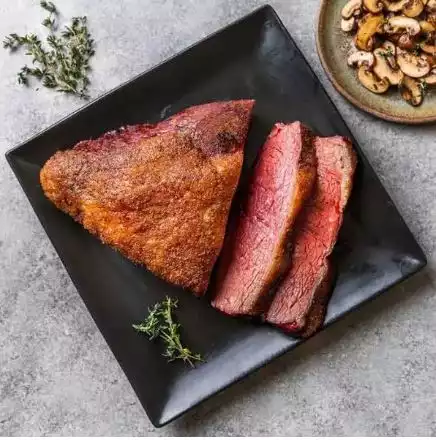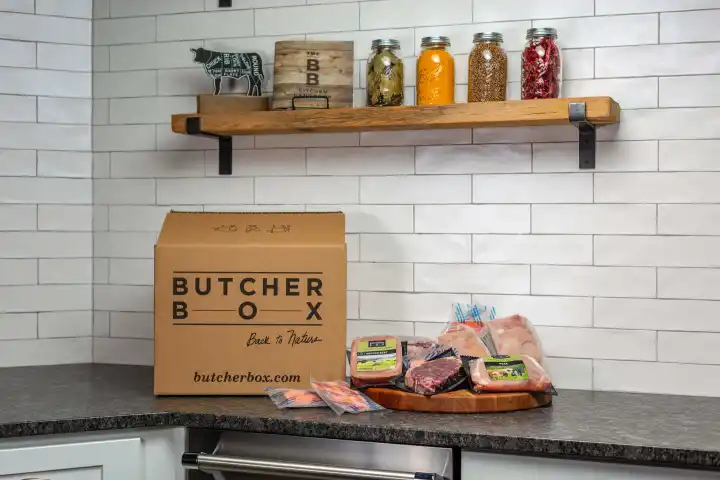- Where to Buy Meat Online: 12 Best Meat Delivery Services - April 12, 2023
- Stock Yards Review: Will Their Meat Meet Your Expectations? - April 12, 2023
- Chicago Steak Delivery Review: A Complete Guide - April 12, 2023
As a meat lover, one of the things that excite me most is discovering a new type or cut of meat. I enjoy learning about ways to prepare, grill, and serve new meats. It’s part of the grilling experience that I see as both a challenge and an opportunity.
Recently a new meat I learned about is Picanha. If you’ve spent time in a Brazilian-style steakhouse, then there’s a good chance you’ve been offered a slice of this delicious skewered steak. If you haven’t, you’re in for a treat as this cut of steak is arguably one of the best you’ll ever try.
Some people like to say that Picanha tastes a lot like Ribeye. While these two cuts do have a lot in common, they also have their differences. Let’s explore what makes each steak the cut you’ll want for your next family get together, along with what makes them different from one another.
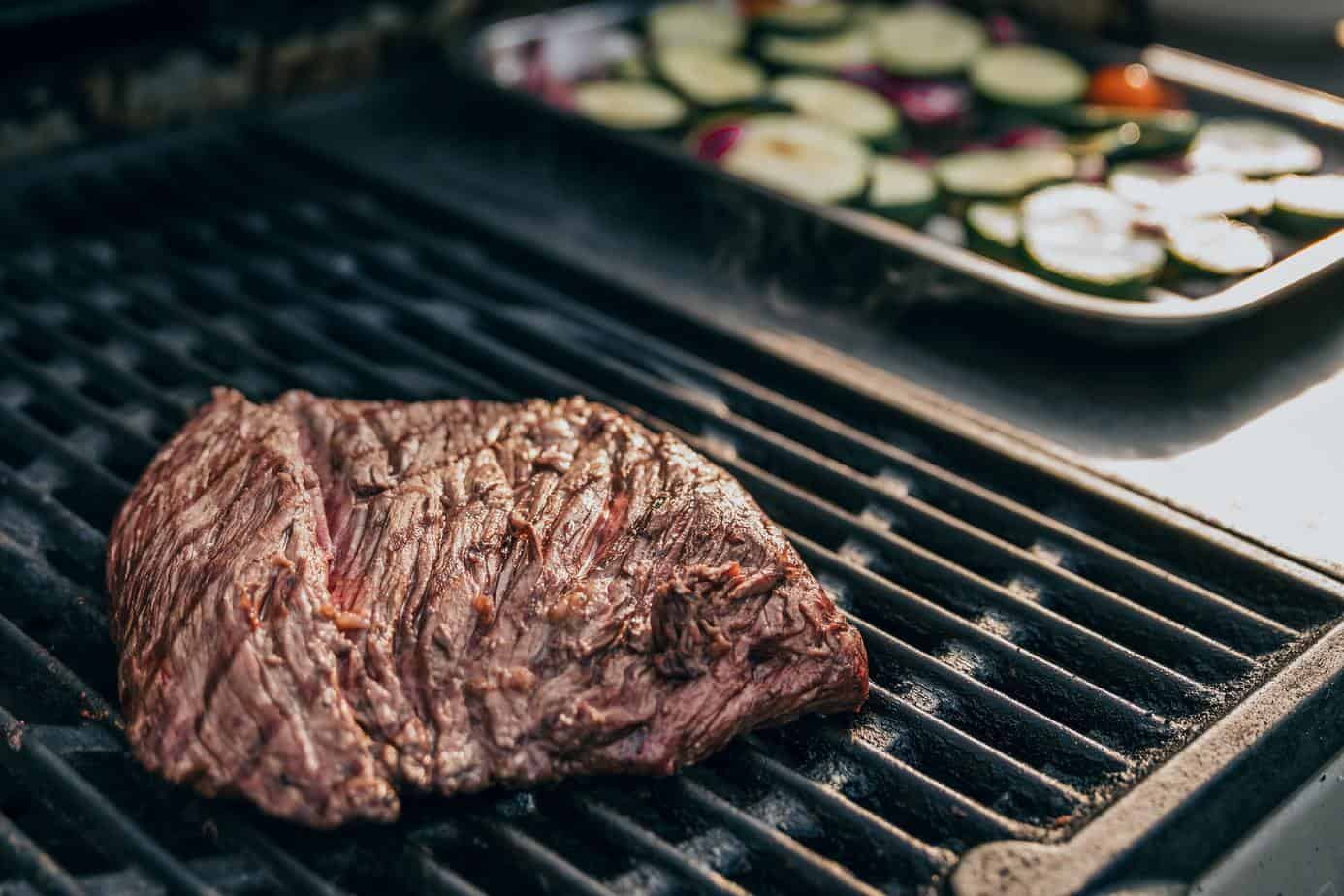
Differences Between Picanha and Ribeye
- Picanha usually has its fat trimmed by butchers, whereas the ribeye’s fat contributes to its flavor
- Ribeye comes from the cow’s rib area, whereas Picanha comes from the rump area
- Ribeye is best cooked at higher temperatures, whereas Picanha should be prepared slow and low
- Picanha is a little more difficult to find, whereas ribeyes are available at retailers, butchers, and other shops
Picanha
The picanha (also known as the coulotte or coulotte steak) is a hard-to-find cut of beef that’s well worth the search. It is triangular in shape and considered to be the most delectable meat for the grill in Brazilian steakhouses.
One of the first things you might think when you taste picanha is “How can I grill this at home?” Fortunately, picanha is cheap and easy to make. But what is this tasty cut of steak and how do you prepare it? Let’s jump right in.
What is Picanha?
Picanha is a very popular cut of beef in Brazil, which is why you can find it in almost any Brazilian restaurant. However, it’s not as well known to butchers in the United States, so you may have to explain exactly what it is. The word picanha translated to English means top sirloin cap or rump cap.
As its name suggests, picanha is the cut of the top layer of muscle that resides over the rump area closest to the animal’s skin. This muscle doesn’t get a lot of use throughout the life of the cow, which is why it is usually very tender and is typically covered by a nice, thick layer of fat.
This layer of fat makes picanha great for grilling, however, many American butchers wind up cutting it off while they trim the cut for their customers. Be sure you specifically ask for the butcher to leave it alone. The picanha is a triangular cut with the tip being the most tender while the wider part is tougher.
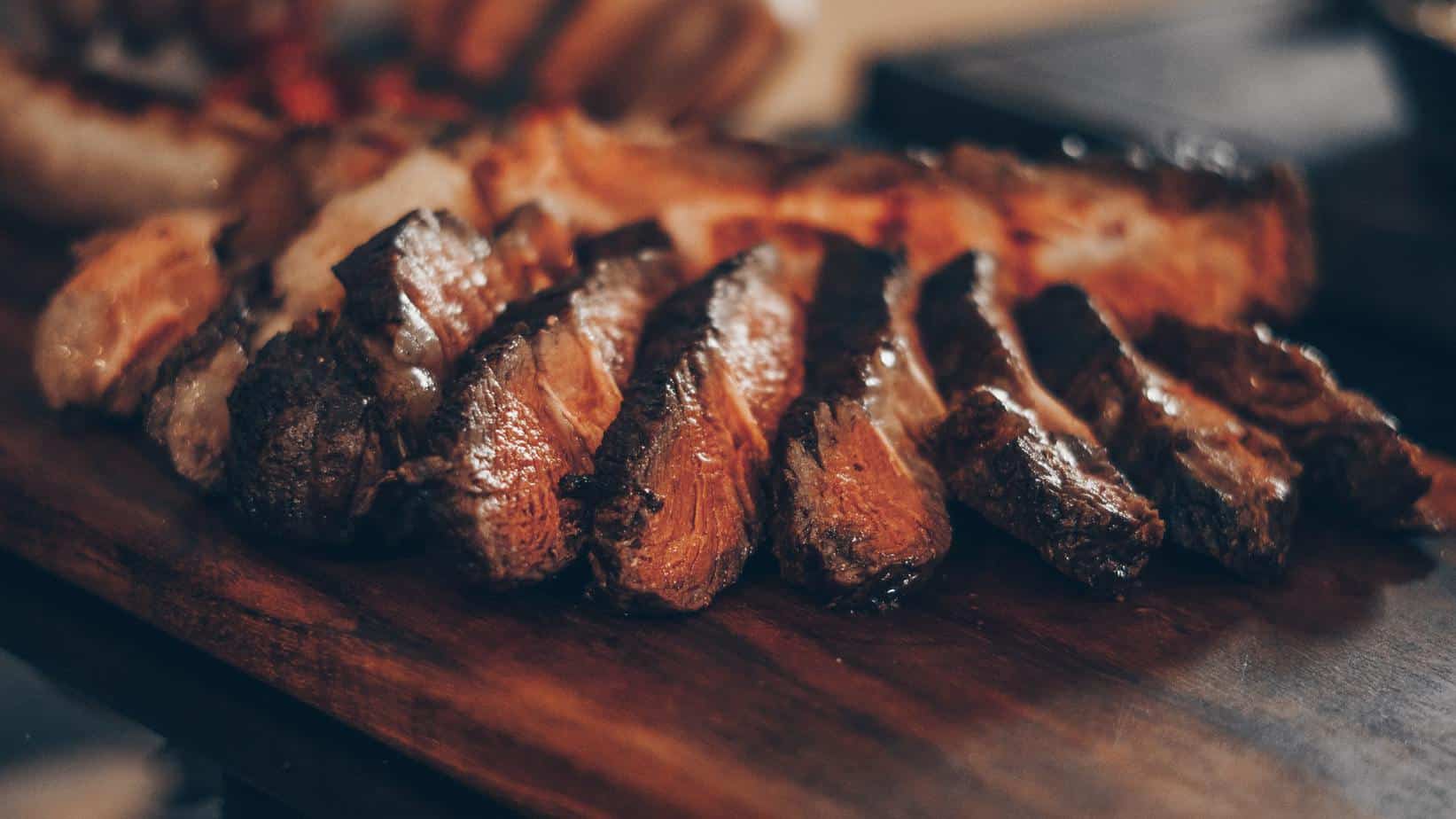
Where to get Picanha
Your best option when it comes to getting a nice ut of picanha is your local butcher. However, if you want to try some, you might check with the butcher at your grocery store the next time you stop in. Sometimes they’ll have it on hand. Just be sure that you ask for exactly what you want so you’re not getting any other the tougher meat that comes from the outer-thigh.
Personally, I like to buy beef that’s been grass-fed, which I get from a local rancher. But if that’s not an option for you, there are options available to you online. Search for a site that offers either dry-aged or American Wagyu picanha. You can have it delivered right to your home so you can grill it up and enjoy its great flavor.
How you should order Pincanha from your butcher
For those of you that prefer to pay a visit to your local butcher, you want to be sure you’re getting the cut you want. Be sure you request the top sirloin cap. It’s sometimes called the culotte, and yes, it’s pronounced just like the pants. Be sure you tell your butcher you want the fat kept intact.
With the fat layer, a nice blanket of juiciness and flavor remains to protect the meat from mistakes you might make when grilling your pincanha. If it’s possible, try to find a cut of picanha that is well-aged, so you’ll get plenty of flavors when you finally cut into it.
Preparing your Picanha
Okay, now that you have your picanha, it’s time to start thinking about how we’re going to cook this bad boy. Remember, the flavor in the picanha cut comes from the fat cap while you grill, so don’t mess around and cut any of it off.
You won’t need a lot of seasoning for your picanha. I like to use a little pink Himalayan salt. Some people use rock salt. Whatever you prefer should work fine. This will help bring out the flavor of the steak and distribute the heat as it cooks. This is a tender cut of steak, so you won’t need any fancy rubs or marinades. Leave those in the pantry.
Grilling your Picanha
Personally, I prefer to use low-burning charcoal when I grill my picanha. You can use propane if you want, but charcoal with a little wood typically adds a bit more flavor to your steak. Prepare the grill by take a little of the fat cap and rubbing it on the grates. This will help keep your picanha from sticking.
For the most part, there are two trains of thought when it comes to cutting and grilling your picanha. Some people like to cut them up and curl them around a skewer, then slice off thin strips. Others like you keep things easy and simple and grill them up like steaks. Both are fine, you just have to determine which you prefer.
Skewering your Picanha
Skewering is definitely the most visually appealing way to grill and serve up your picanha. If you’re hosting a barbecue or hosting a dinner party, skewering your cut is a great option. The first thing you want to do is cut your picanha against the grain into a semi-circle. Then carefully thread them onto a metal skewer.
Next, pat down your meat with salt to give pull out its natural flavor. Throw your picanha on the grill and let it cook for a few minutes on each side. Once it reaches a temperature you’re good with, take it off and let it rest before slicing it up for your guests.
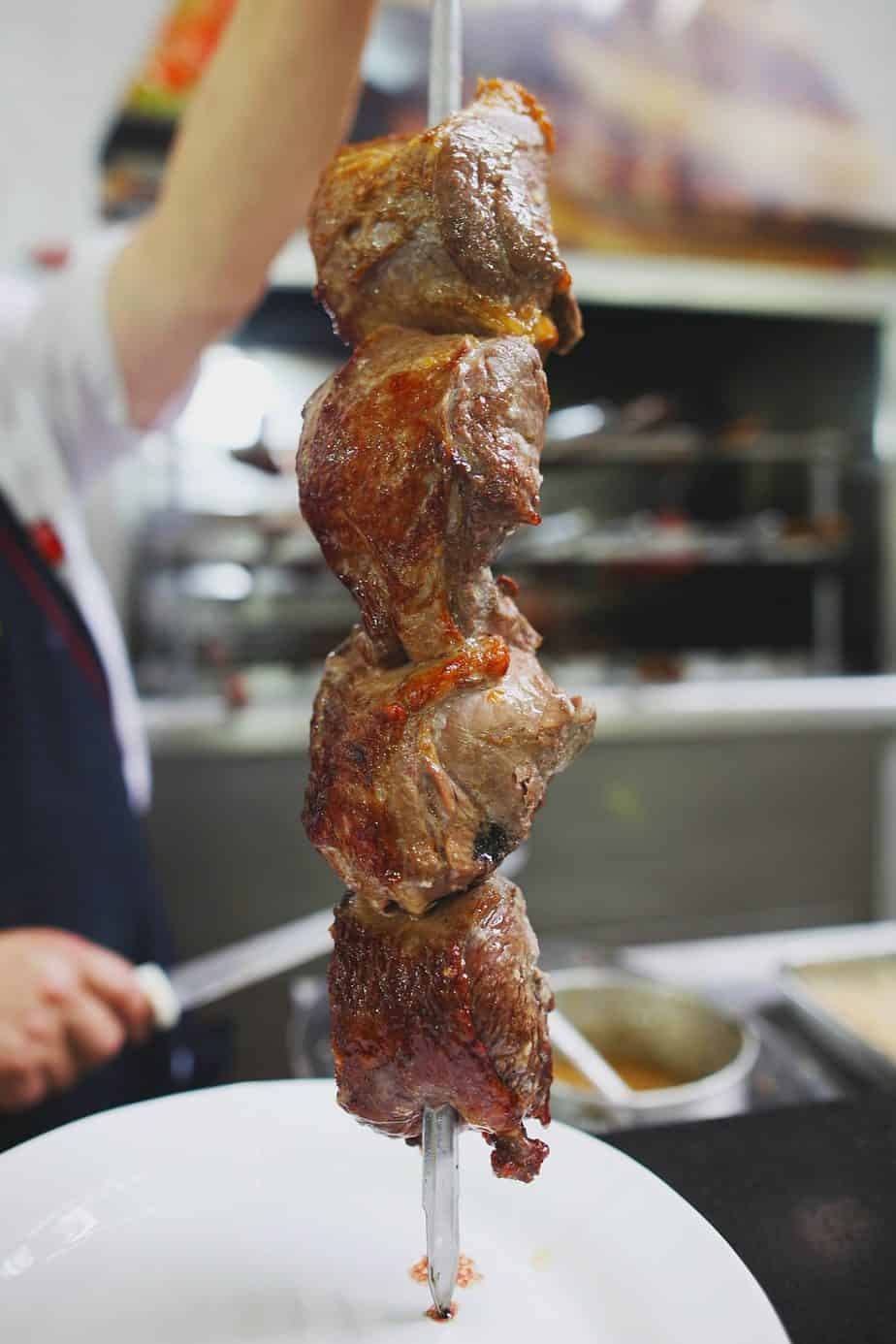
Succulent steak
If you’re making dinner for your family or just a few friends, you might consider just cooking up your picanha like you would any other steak. It’s quick and simple. Cut the meat into steaks by slicing it with the grain. Doing it this way means your final cut while slicing will be against the grain.
Pat your steaks in salt, then place it on the grill with the fat side up. Once you’re confident it’s ready to turn, finish it with the fat side down while moving it away from the flame. Be sure you just prod your steak to determine its firmness. Puncturing it will release the juices, which you want to want to keep so your picanha is nice and flavorful.
When your steaks are ready, pull them off the grill, let them rest for a few minutes, then slice them up and serve.
Give it a try!
Hopefully, I’ve given you enough info about picanha for you to give it a try. It’s not always easy to find, but it can be worth the search. Grill it up the next time you’re wanting to try something new. I can almost guarantee you won’t regret it.
Ribeye
There are few cuts that steak lovers prefer more than a ribeye. No matter what city you’re in, chances are good that if you’re eating at a steak restaurant, there’s some type of ribeye on the menu. Ribeyes, also known a sarket steak, beauty steak, Delmonico, and Spencer, are selected for their delicious butter flavor and their tender texture.
Whether you want store-bought or butcher-cut, you’re almost assuredly going to get a mouthwatering steak that’s high in flavor and juiciness. But what is a ribeye and how does it get its amazing buttery flavor?
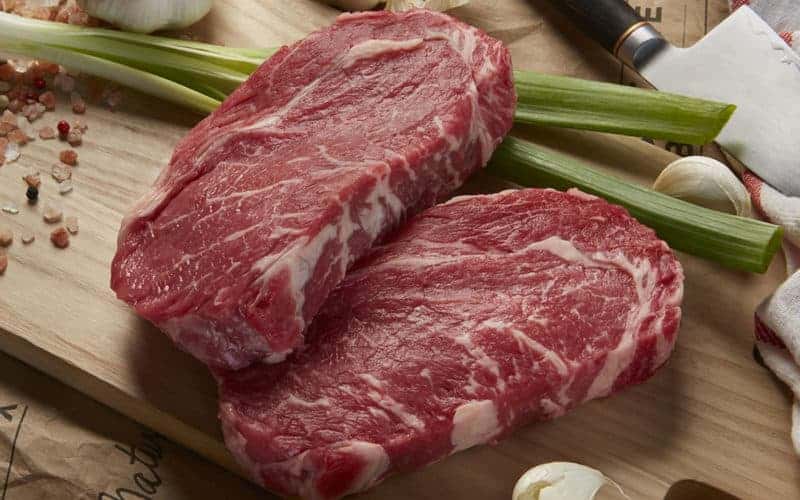
What is a ribeye?
For those poor souls that don’t know, the ribeye is a cut of beef carved from the rib of the cow. It resides directly between the loin and the chuck, often referred to as the shoulder. This part of the cow typically gathers more fat, which results in nice, white fat lines. This is part of the marbling that makes the ribeye so tasty.
This marbling melts into the ribeye are you grill it, making the steak tender and juicy. As a result, you get a bold, flavorful steak, which is why this cut is among the favorites when it comes to those who love steaks. Let’s take a closer look at what makes the ribeye so delicious.
Order your Ribeye steak here!
ButcherBox delivers 100% grass-fed beef, free-range organic chicken, humanely raised pork, and wild-caught seafood directly to your door. Sign up today!
Parts of a ribeye
There are three parts to any ribeye. They consist of the longissimus, the spinalis, the complexus, and the spinalis.
The eye of the ribeye – Longissimus Dorsi
This piece of the ribeye is the meatiest part of the rib subprimal. Each ribeye has a center portion, which is often referred to as the eye. This is where a lot of that mouth-watering marbling comes from. It’s surrounded by the spinalis and the complexus, but this is where the gettin’ is good.
Ribeye cap – Spinalis
The desirable cap part of the ribeye is also known as the spinalis, although some people might refer to it as the rib crown. Separated by a kernal of fat from the longissiumus, the cap lies just above the eye of the ribeye. WIth its delicious marbling, the spinalis is arguably the most tender piece of the ribeye.
Complexus
Last, and probably least is the complexus. This part of the ribeye is a small muscle that you may or may not notice on your steak. The complexus is the smallest of the three parts of the ribeye, and its size will depend on where your butcher cuts your steak. If you wind up with a little more complexus, you’re likely to get less eye. But if you don’t get any complexus, you’ll have more eye in your ribeye.
Boneless or bone-in?
If you’re up for a grilling challenge, you might try your hand at grilling a bone-in ribeye. These are more complex than their boneless counterparts, and can be more difficult to grill. The bone allows the steak to retain its juiciness and moisture, however, the meat that’s further away from the bone cooks faster than the meat that’s closer to the bone.
Grilling your ribeye
You’ve got your ribeye in your hand, so what else is their to do besides throw it on the grill? I recommend cooking your ribeye until it’s medium-rare. This brings out the delicious flavors ribeyes are known for. Just be sure you don’t overcook it, otherwise it will be tougher than you want it to be.
Be sure to grill your ribeye with a high, dry heat so you get a nice, even sear to help seal in the juices. Be sure to keep an eye out for flare-ups whie grilling your steak. Before you put it on the grill, add a little salt to really help draw out the natural flavor of your ribeye. Find a nice, thick cut that has amazing marbling. These cuts are easier to grill and give you a little leeway when it comes to overcooking your ribeye.

FAQs
There are plenty of questions when it comes to picanha and ribeye steaks. I’ve put a few of the more commony asked ones here for you:
Picanha steaks are quickly becoming one of the more popular cuts of beef in the United States for smokers and grillers. However, unlike the fat you’ll find on a brisket, the fat on a picanha offers a different consistency that doesn’t cook the same way. So while they are both delicious when cooked properly, a brisket and a picanha are quite different.
If you’ve never had picanha, the closest thing it resembles is a nice, sirloin steak. When prepared properly, picanha is juicy and tender. Plus, since this cut resides on the fat cap, it keeps its tenderness when grilled.
Picanha steaks are quickly becoming one of the more popular cuts of beef in the United States for smokers and grillers. However, unlike the fat you’ll find on a brisket, the fat on a picanha offers a different consistency that doesn’t cook the same way. So while they are both delicious when cooked properly, a brisket and a picanha are quite different.
If you’ve never had picanha, the closest thing it resembles is a nice, sirloin steak. When prepared properly, picanha is juicy and tender. Plus, since this cut resides on the fat cap, it keeps its tenderness when grilled.
This depends on how you’re going to grill and serve your steaks. If you’re dividing the entire cut into smaller steaks, then cut the beef in the direction of the fibers. However, when you slice it to serve, cut aross the fibers to create amazingly delicious and juicy portions of meat.
The simple answer here is that steakhouses have access to better cuts of meat than you do. These restaurants get better options than butchers or supermarkets can get their hands on. This includes choices from different ranches, different regions, plus steaks that have been aged perfectly. This leads to steakhouses offering only the best, tenderest, and tastiest meat.
Do I Have to Choose Just One?
Of course not! Personally, I like a nice, thick, and juicy ribeye, but that doesn’t mean that picanha doesn’t have a place on my grill. Picanha is a little harder to find and can be a little more challenging to grill, which is why I have to be in the right mood to grill it.
On the other hand, ribeyes are easy to find. That doesn’t mean I settle for the first one I see at the local grocery store. I prefer to get mine from a local butcher or rancher, which means I know where my meat is coming from and how it was raised.
Either way, no matter which cut of steak you choose, you’re in for a real treat!
The picanha (also known as the coulotte or coulotte steak) is a hard-to-find cut of beef that’s well worth the search. It is triangular in shape and considered to be the most delectable meat for the grill in Brazilian steakhouses.


